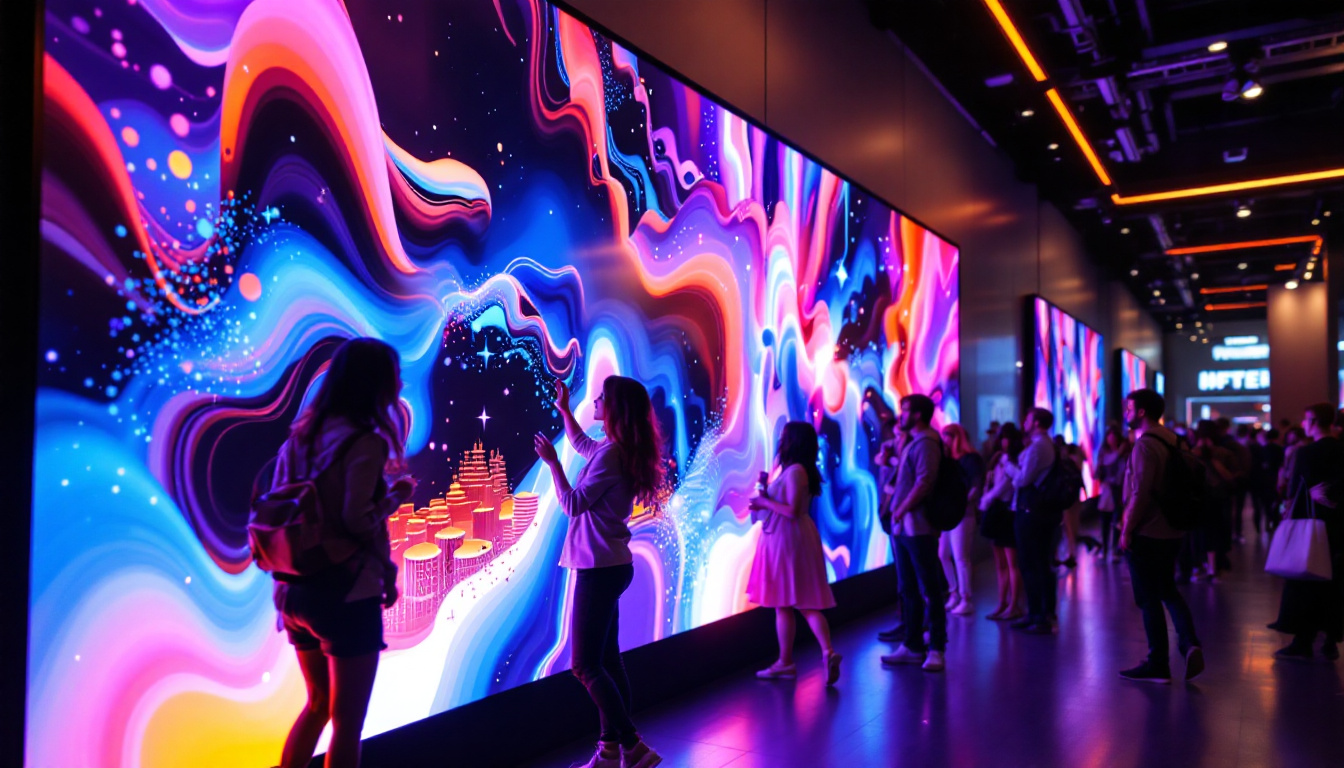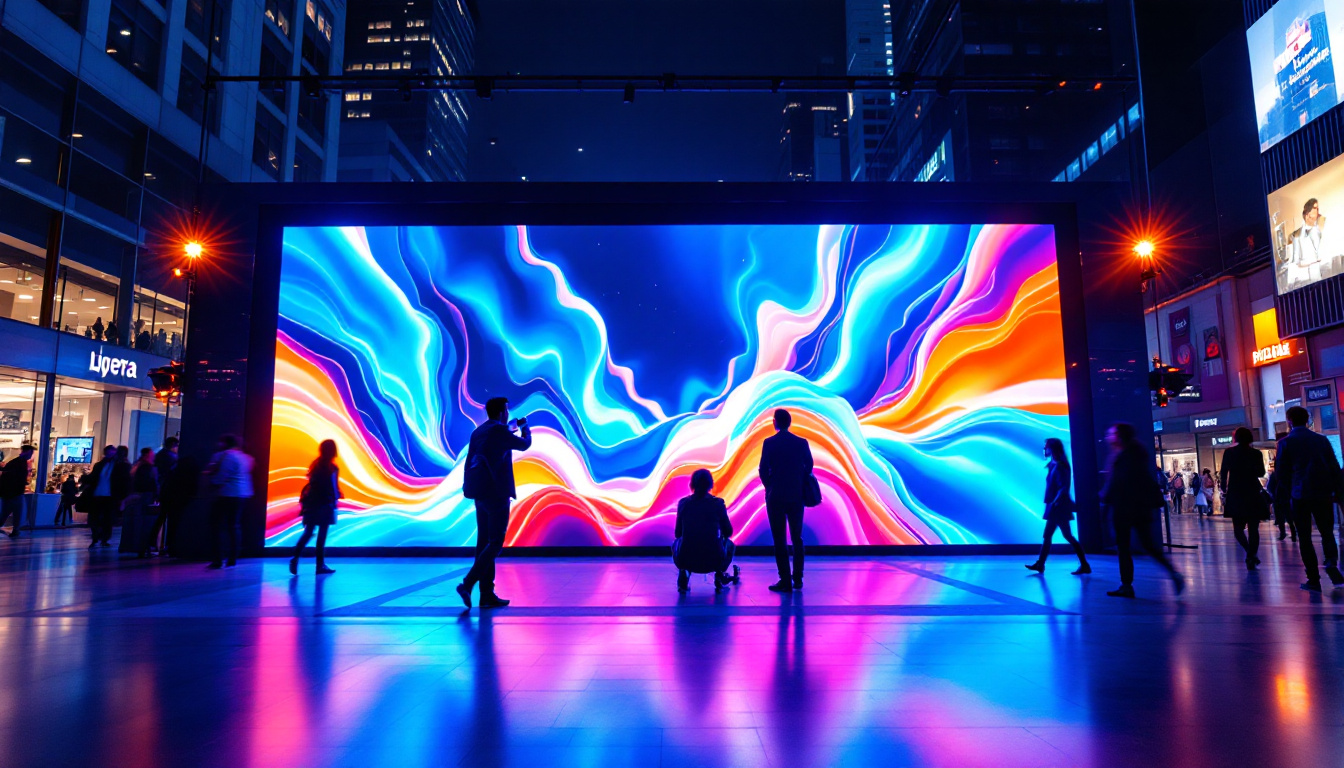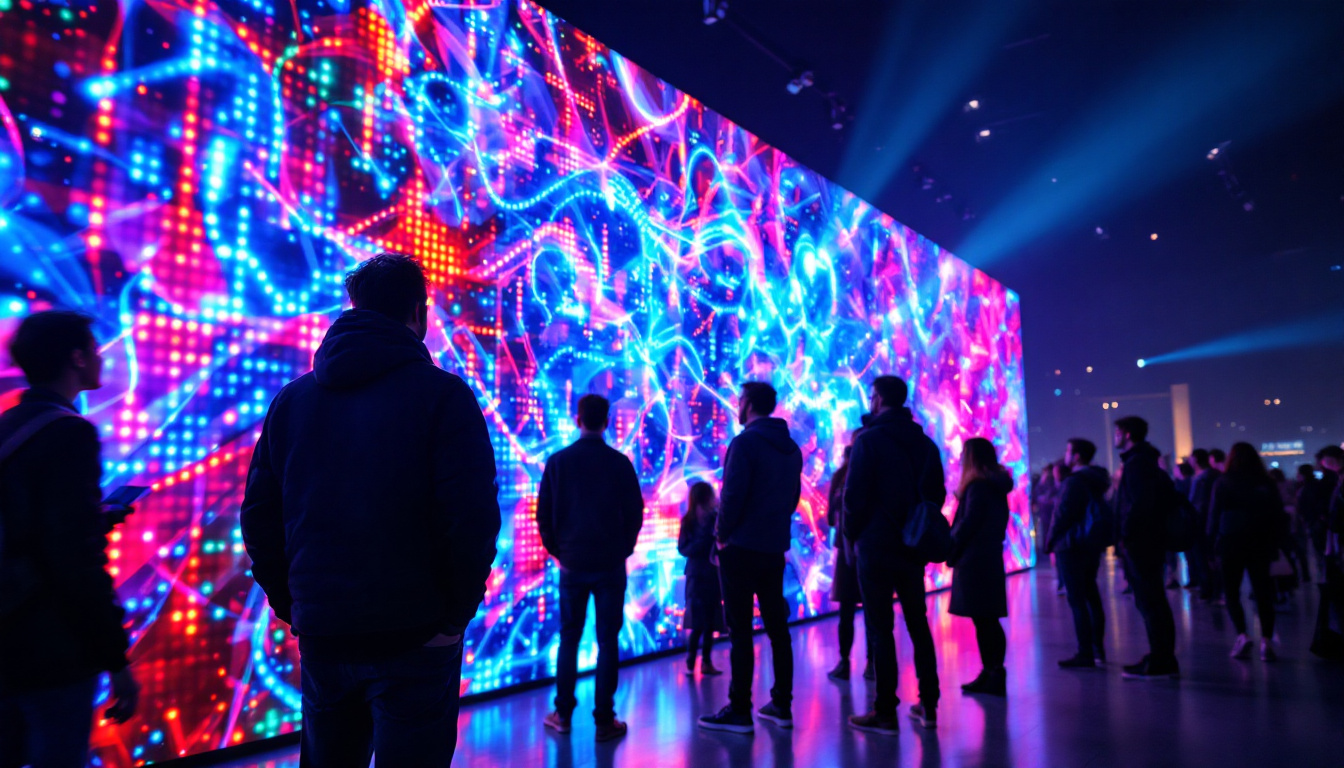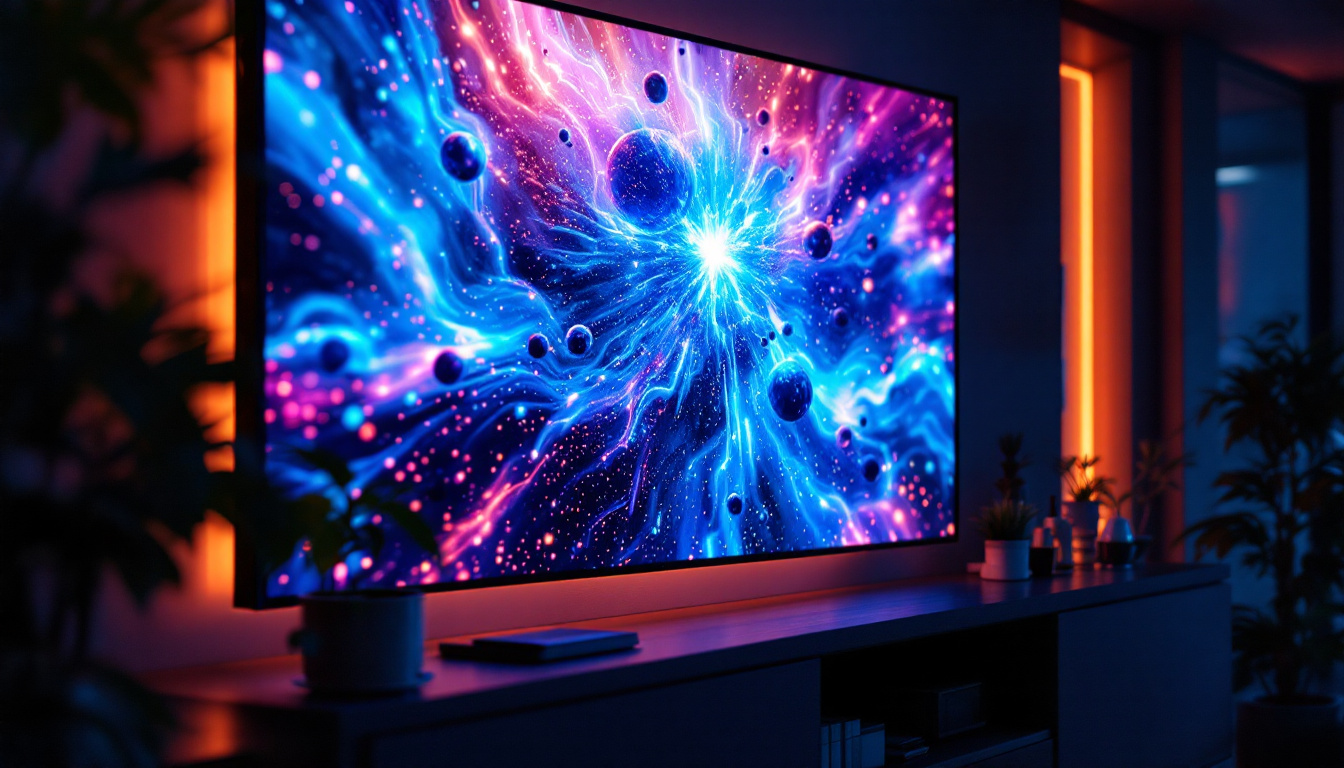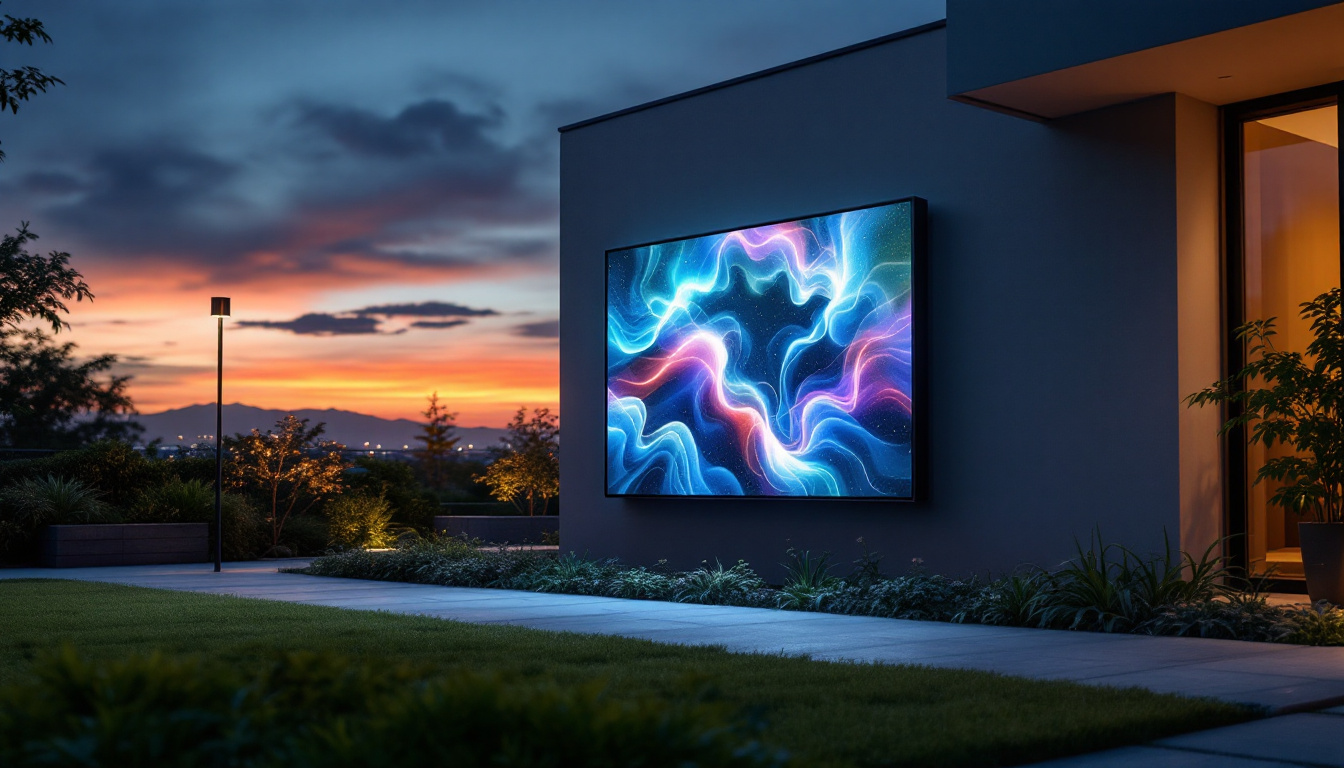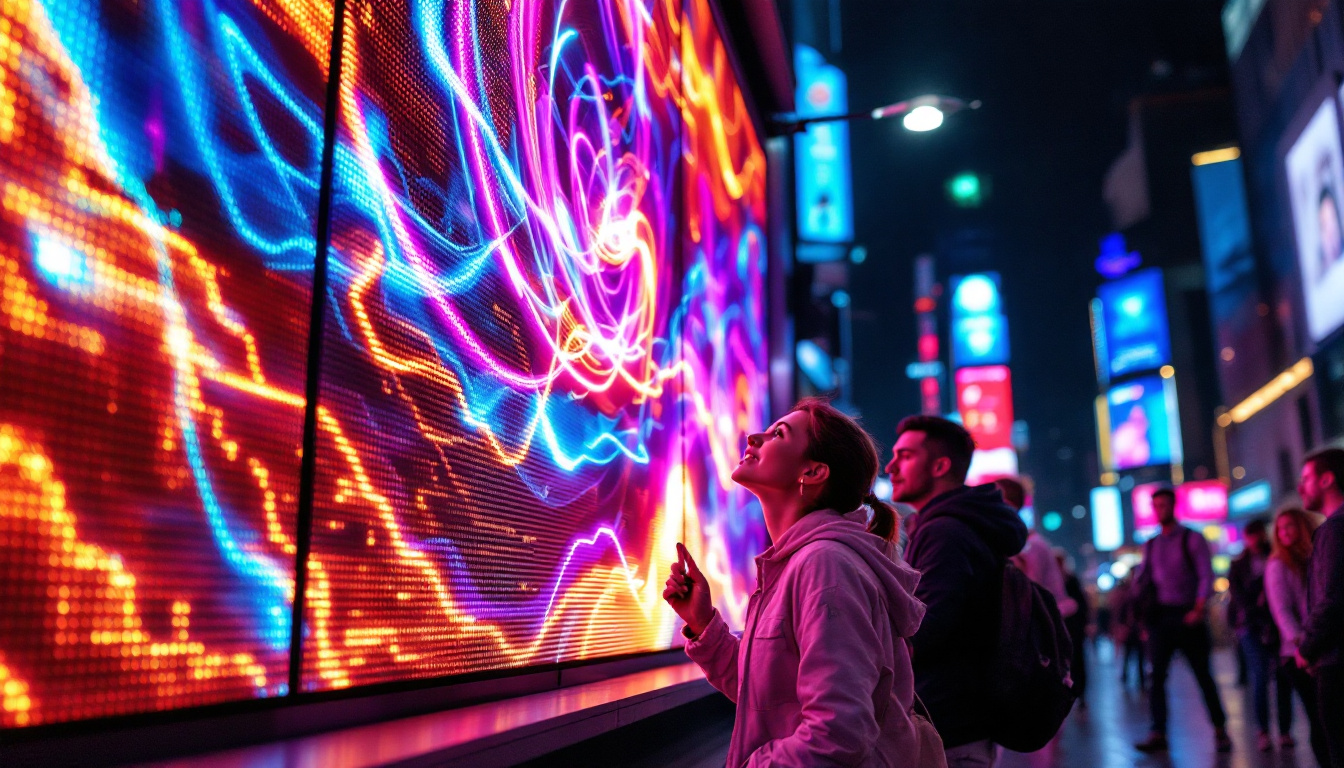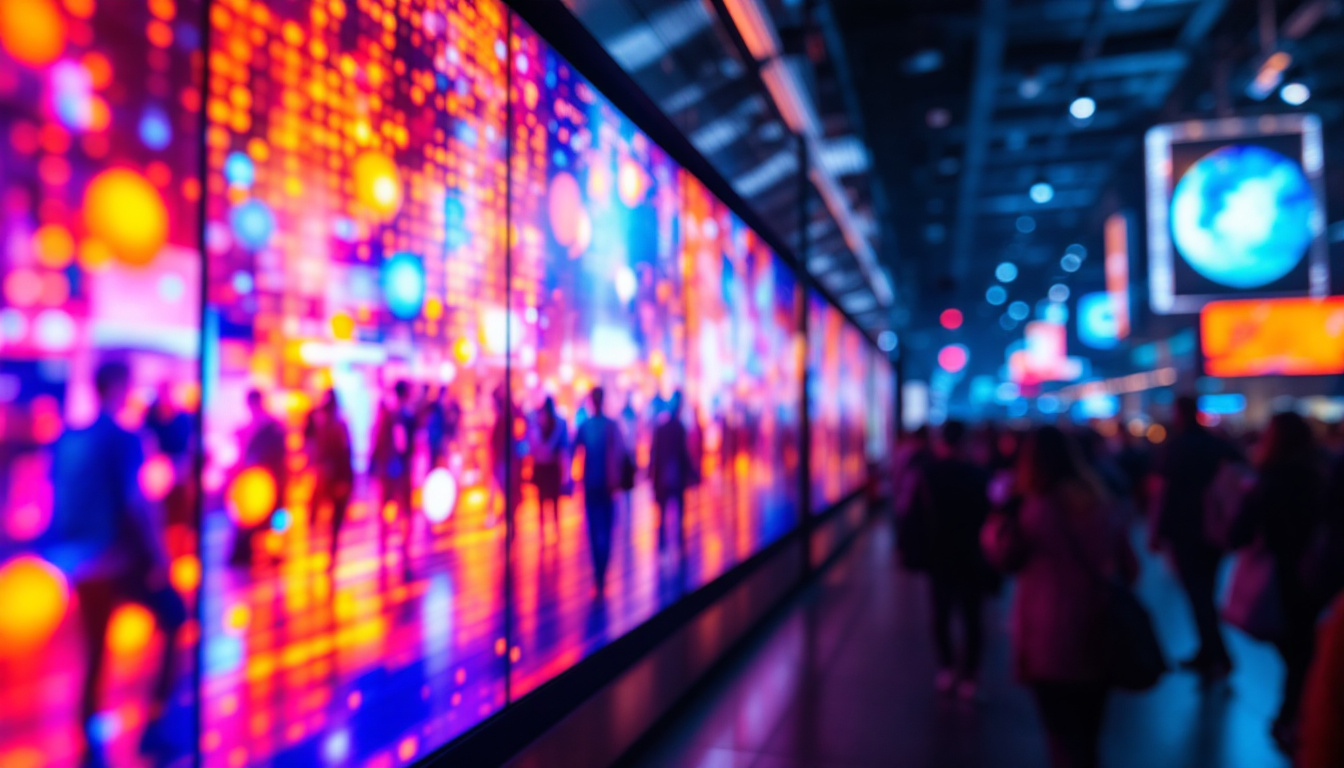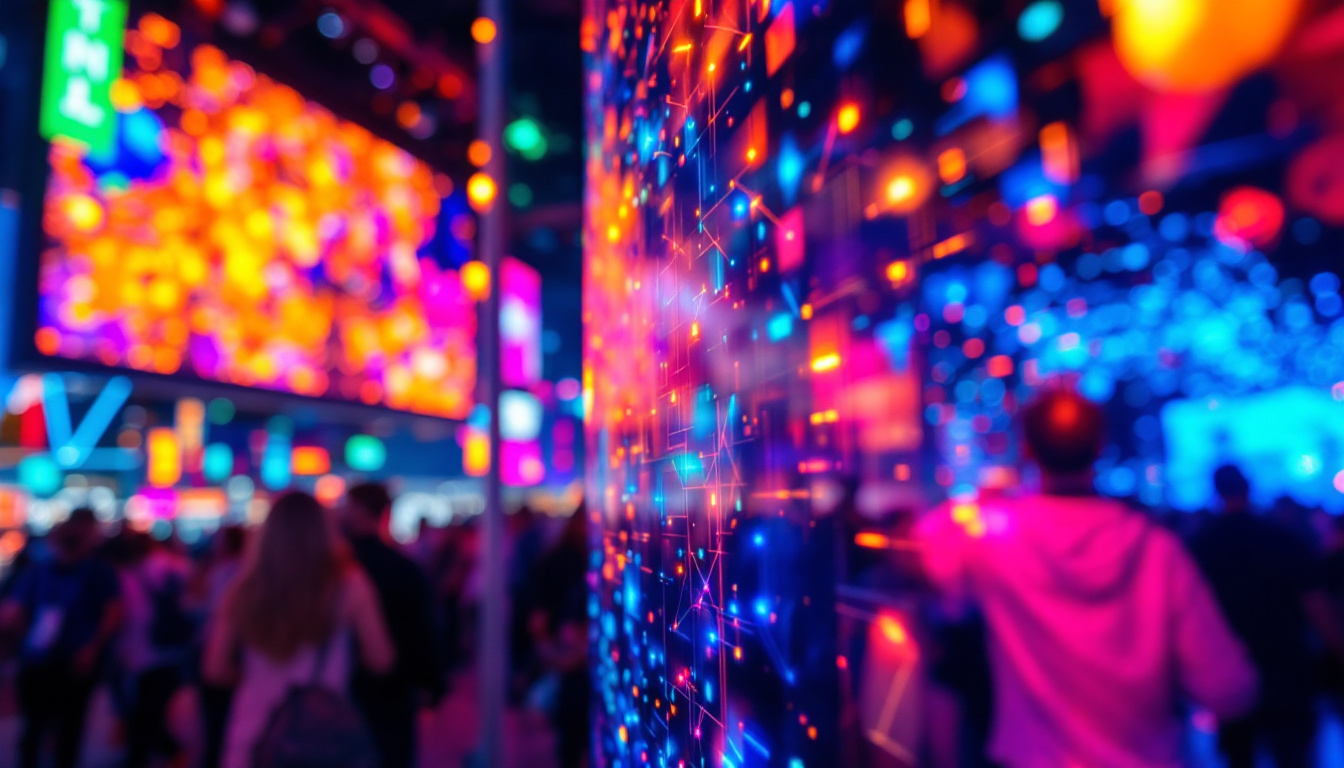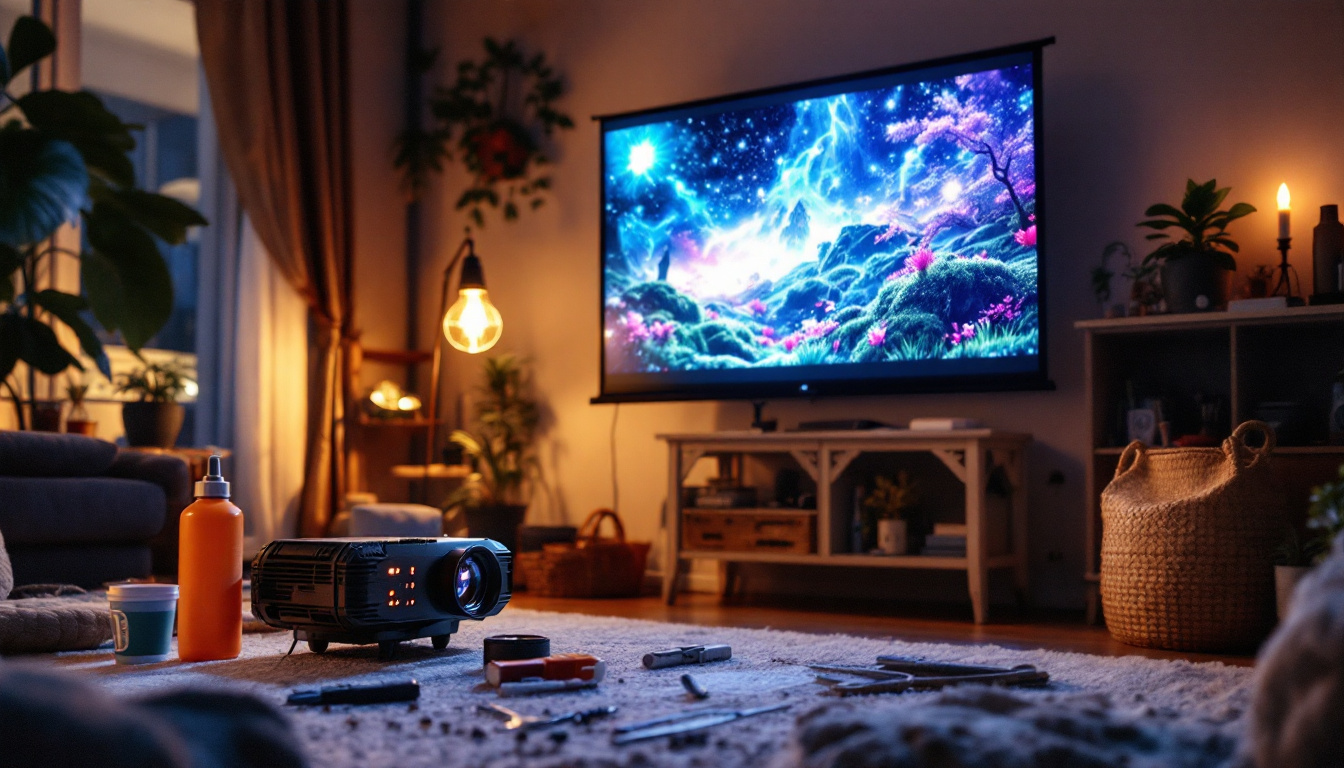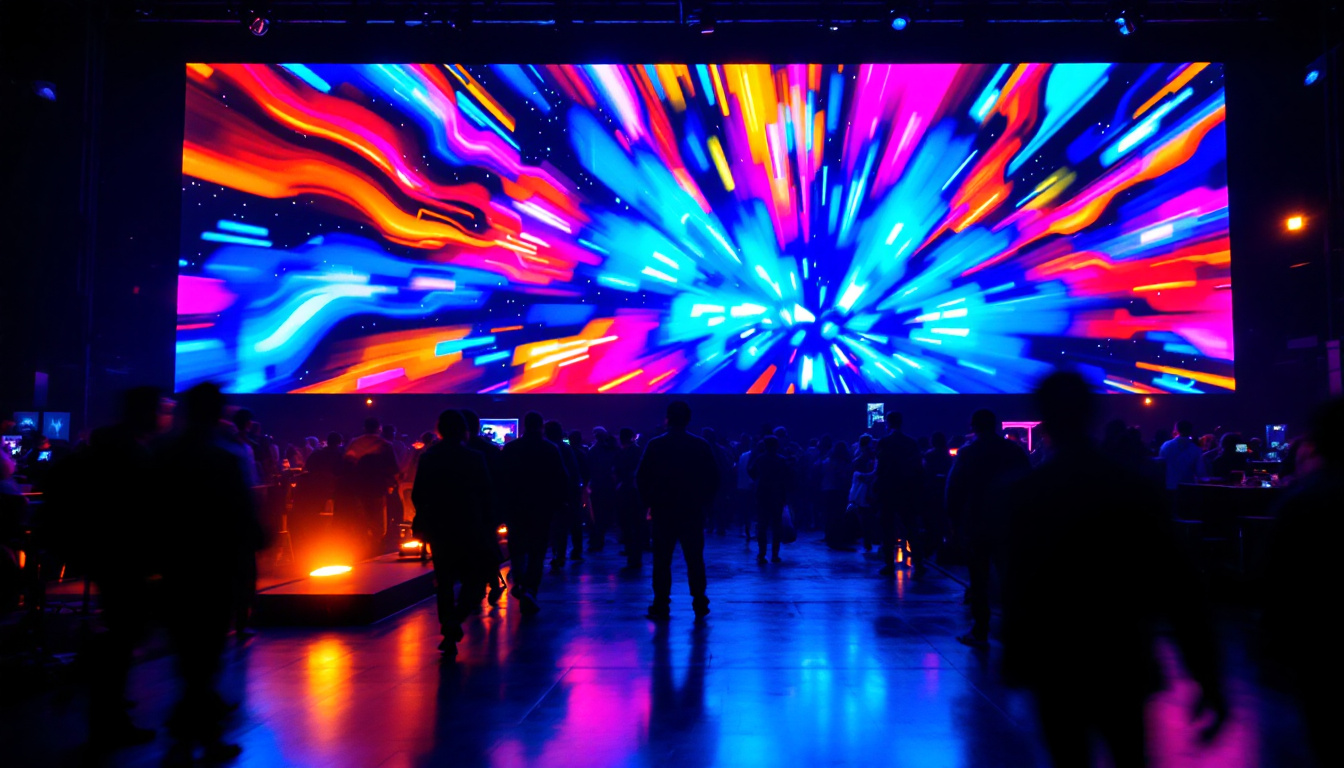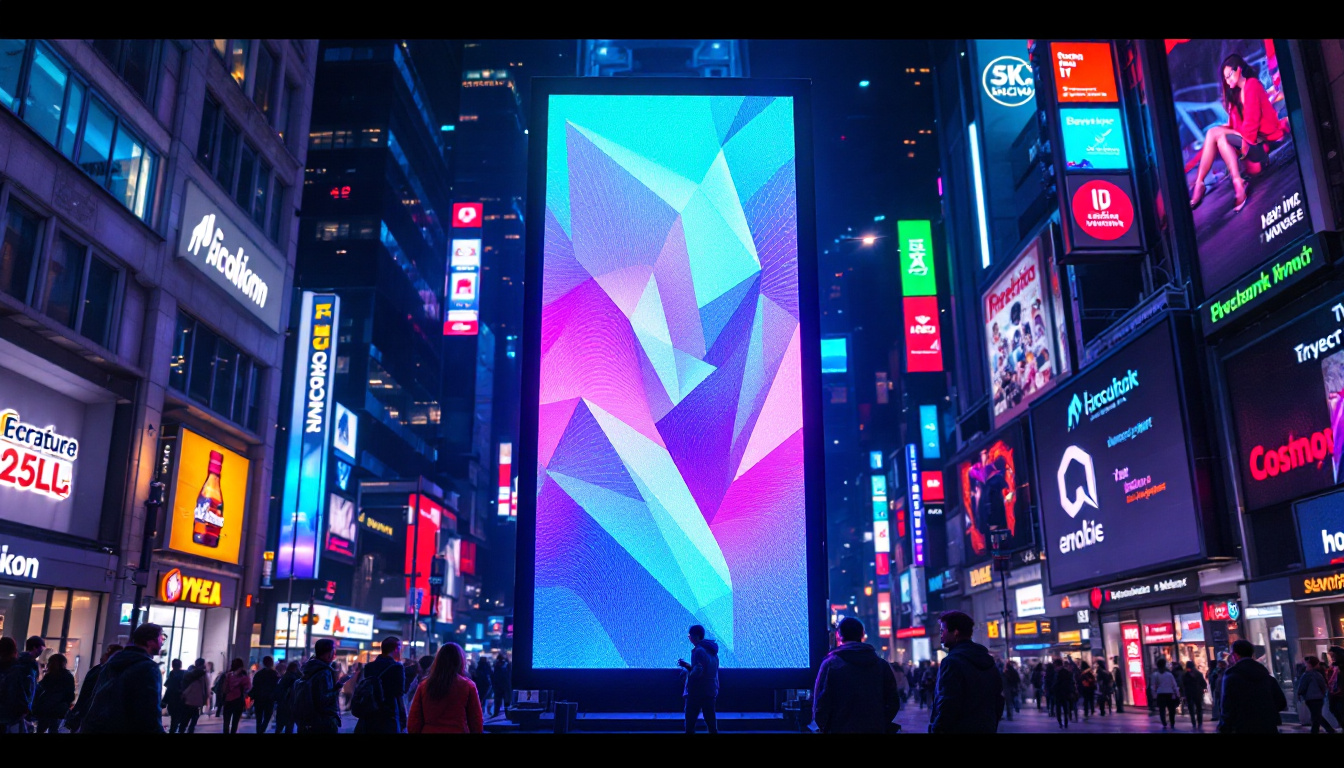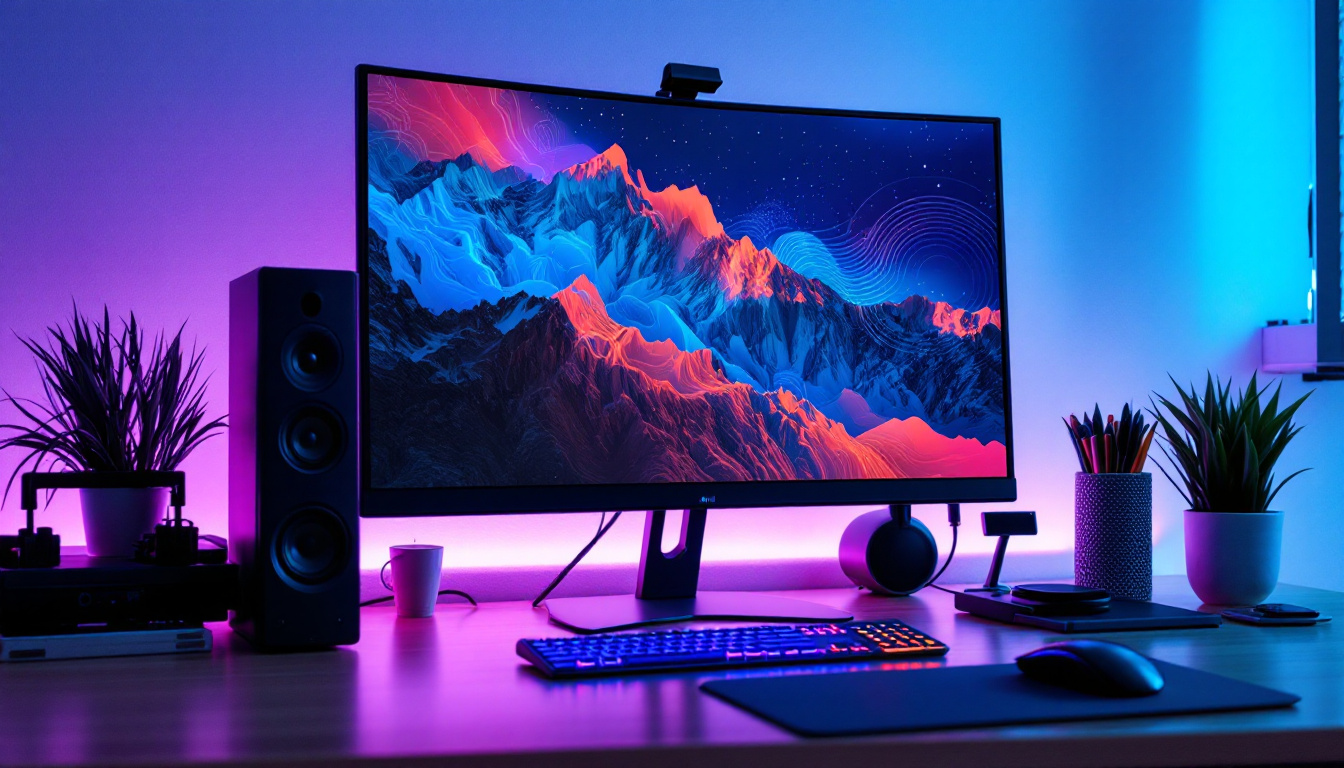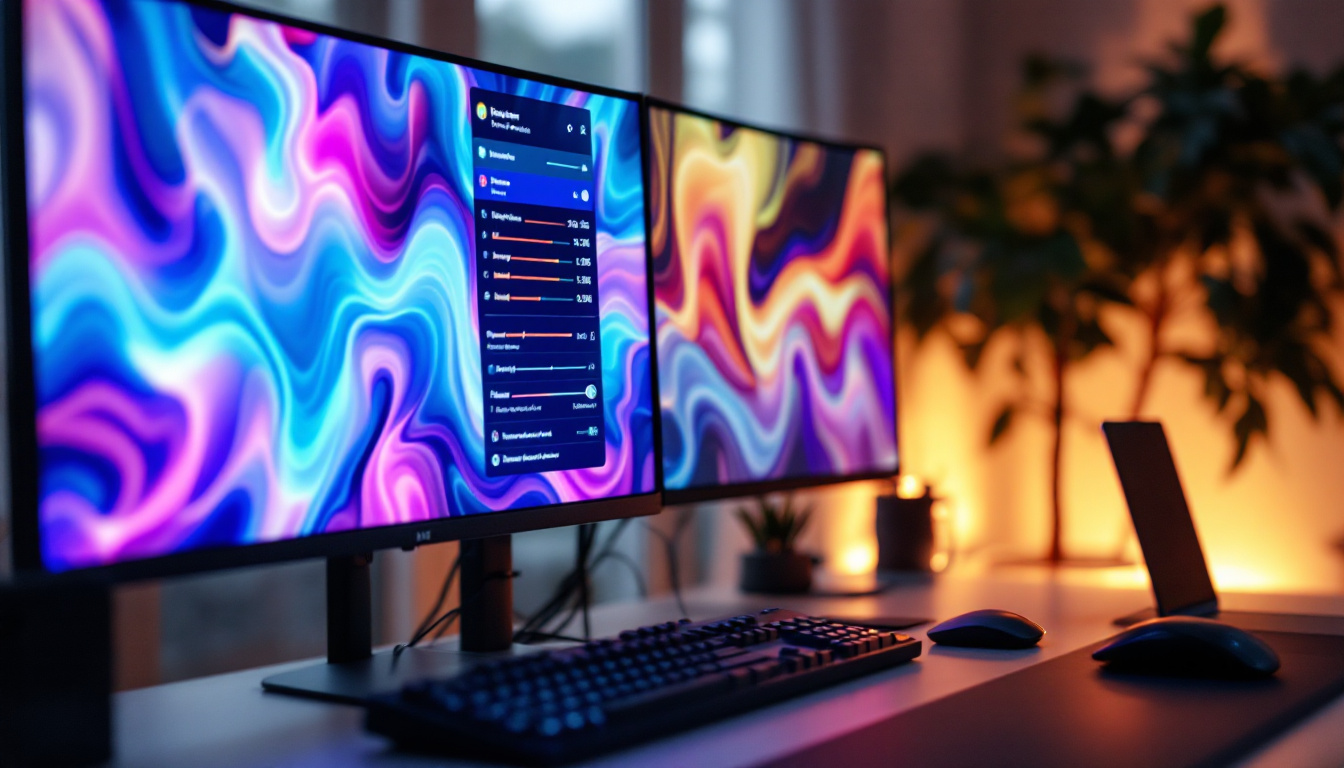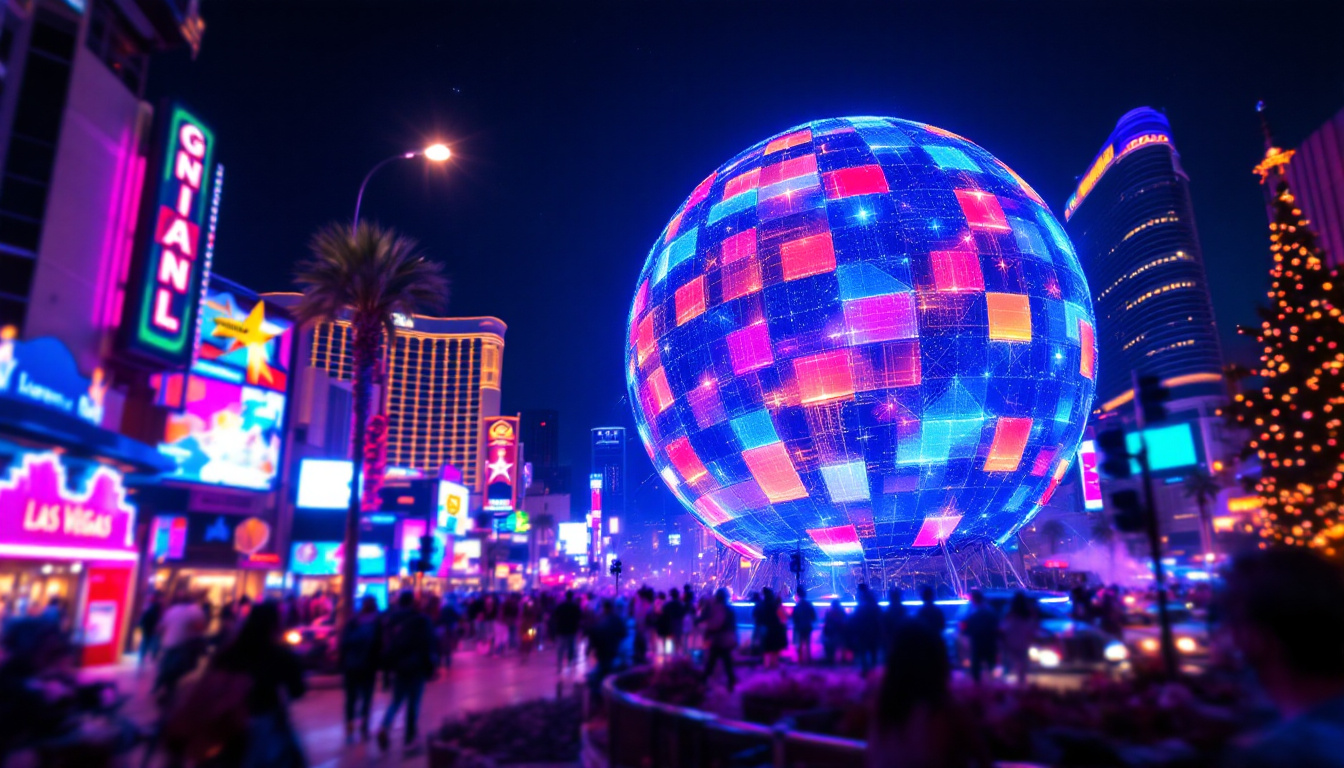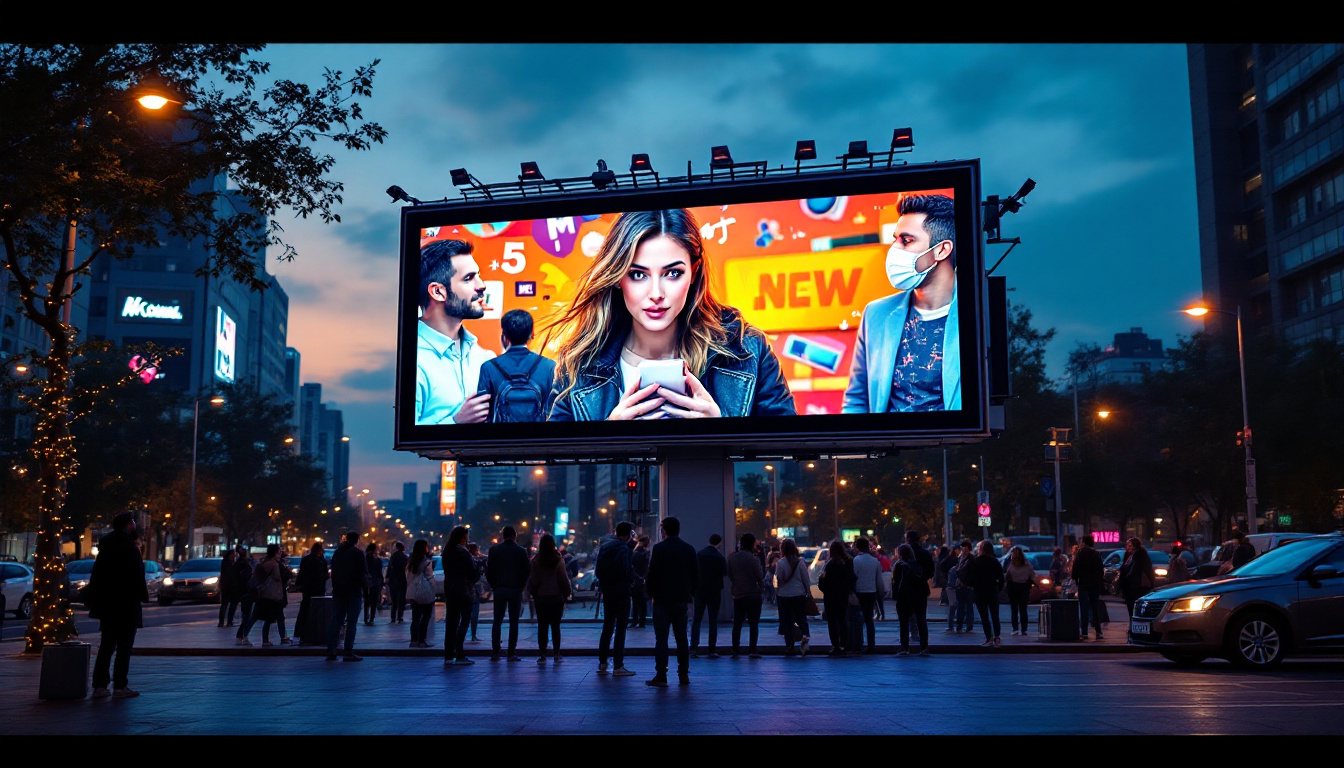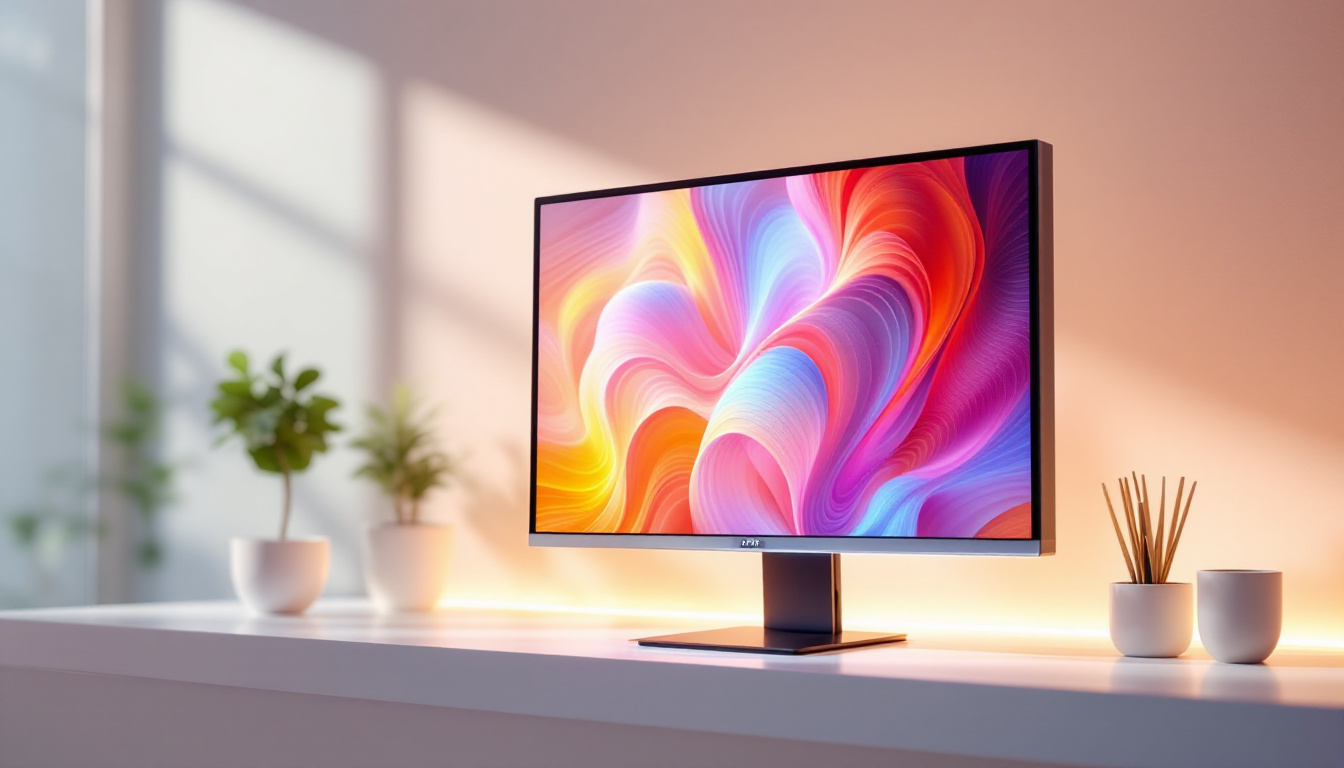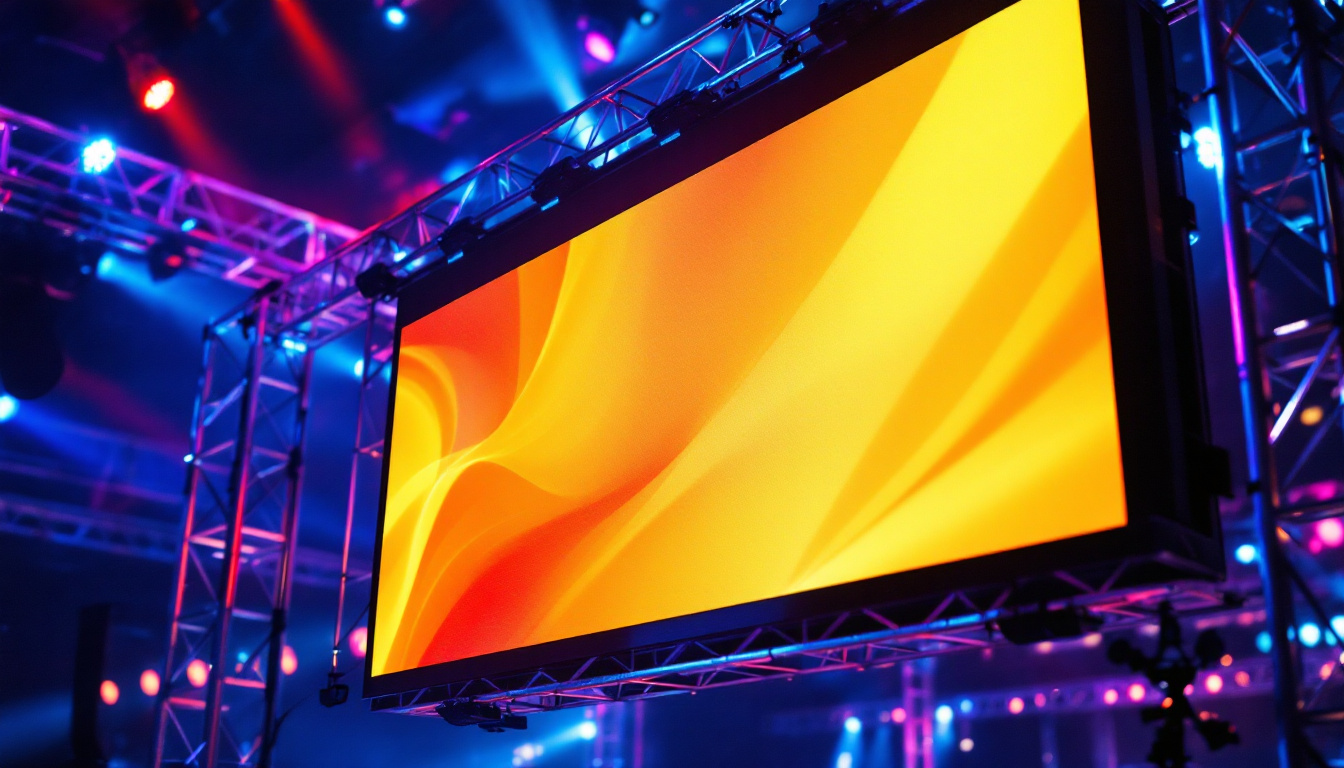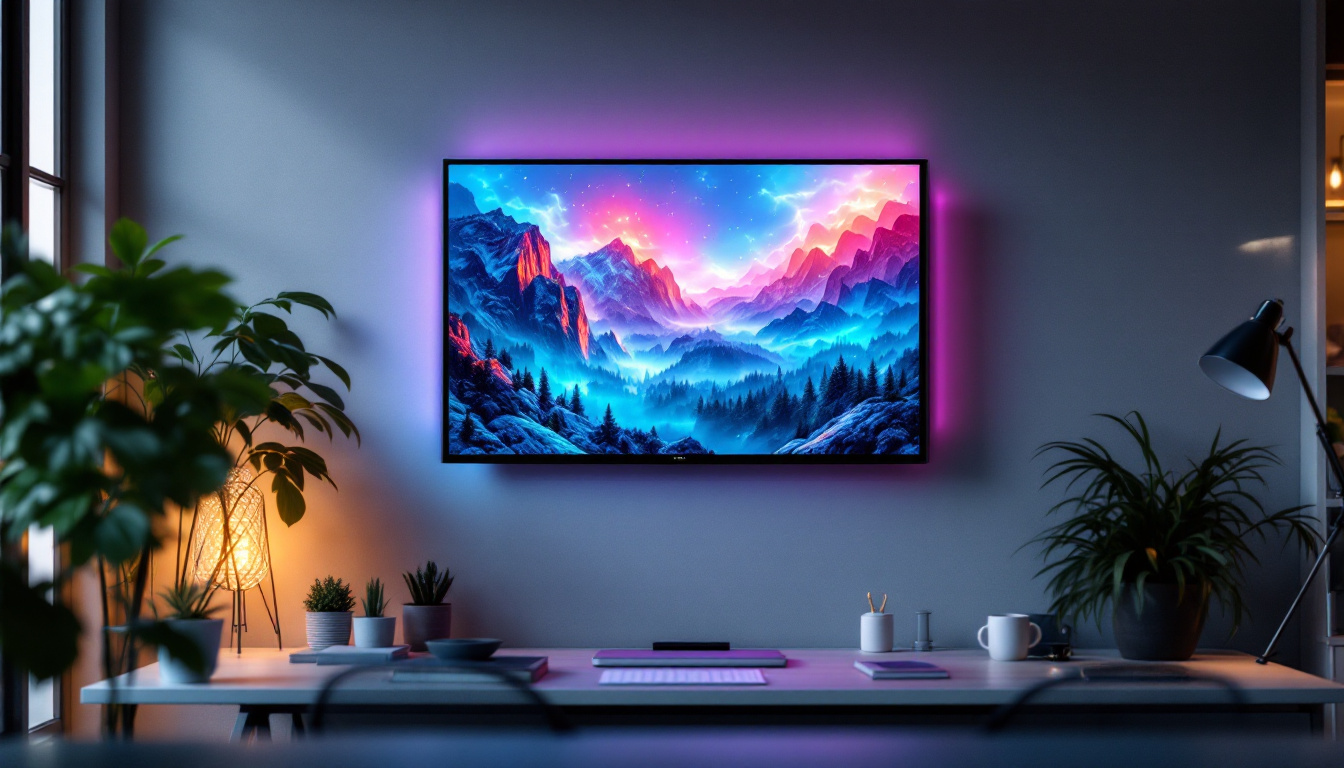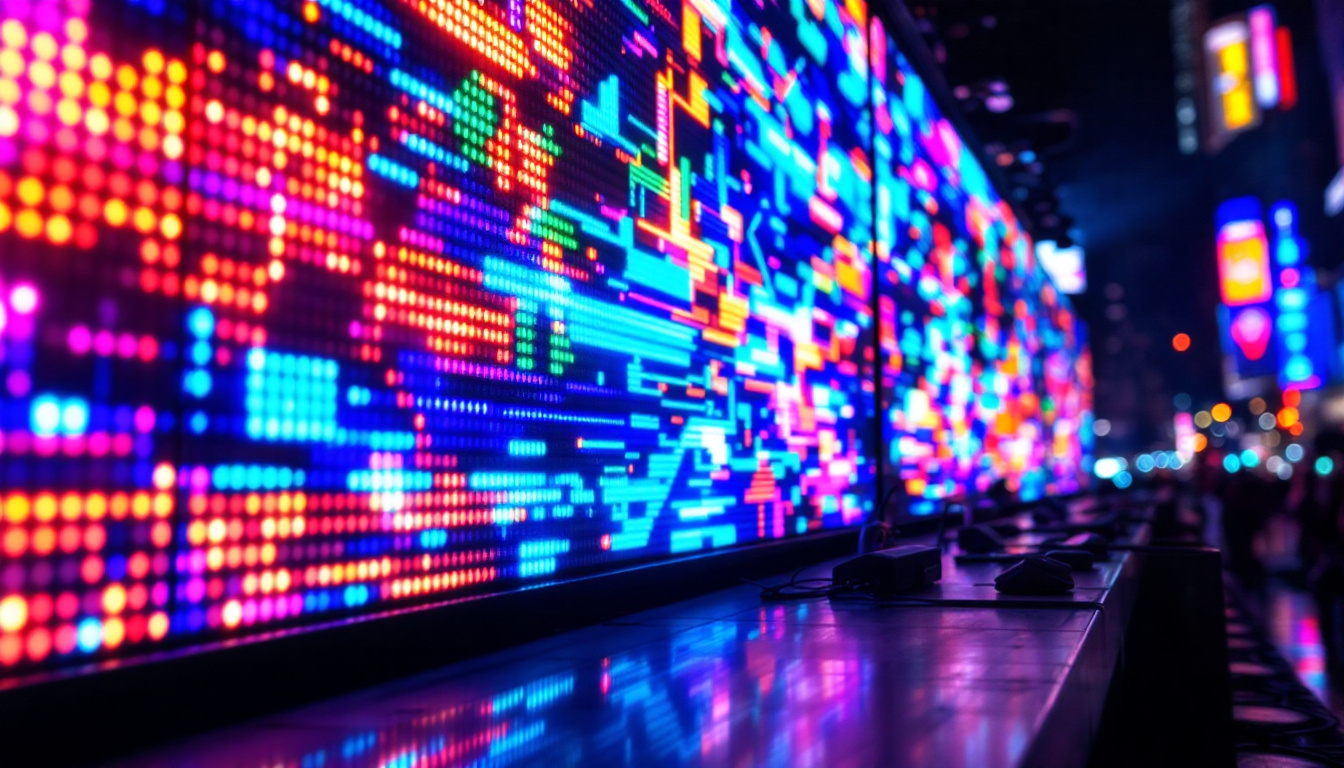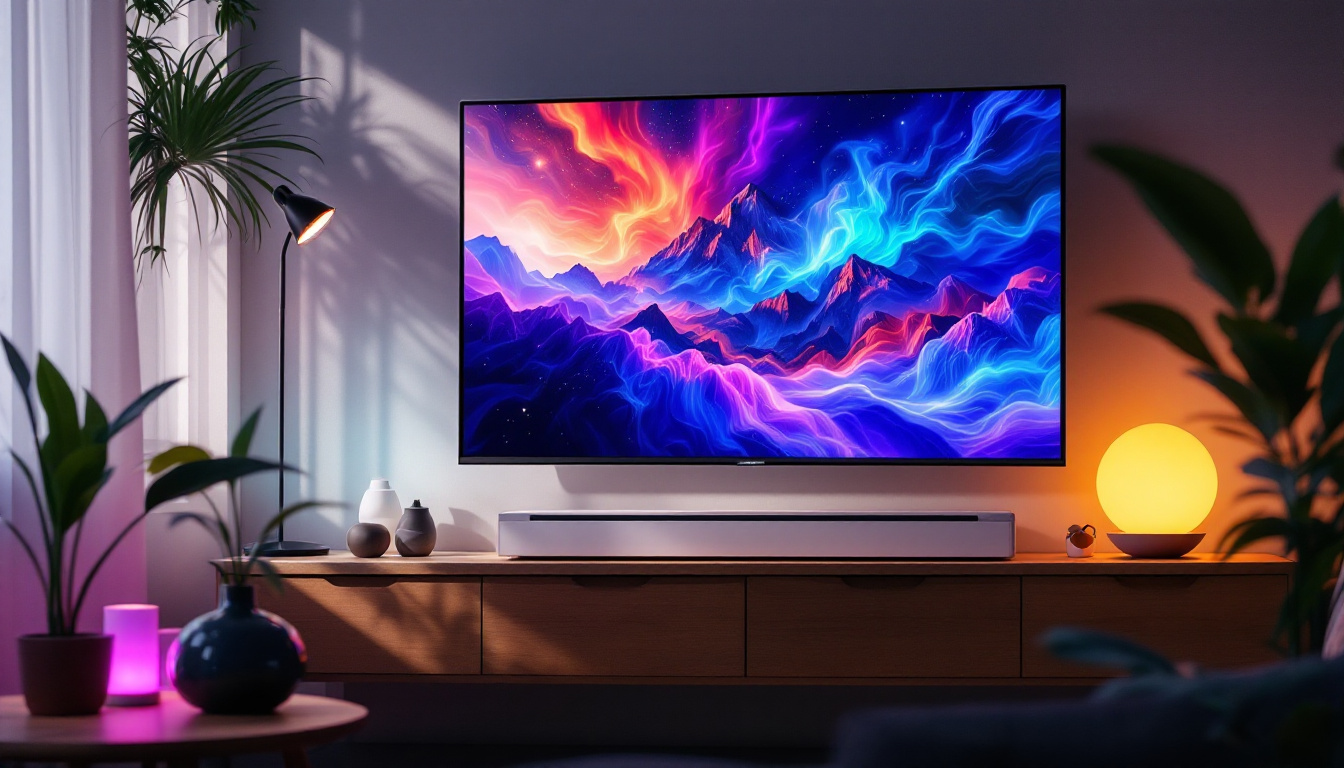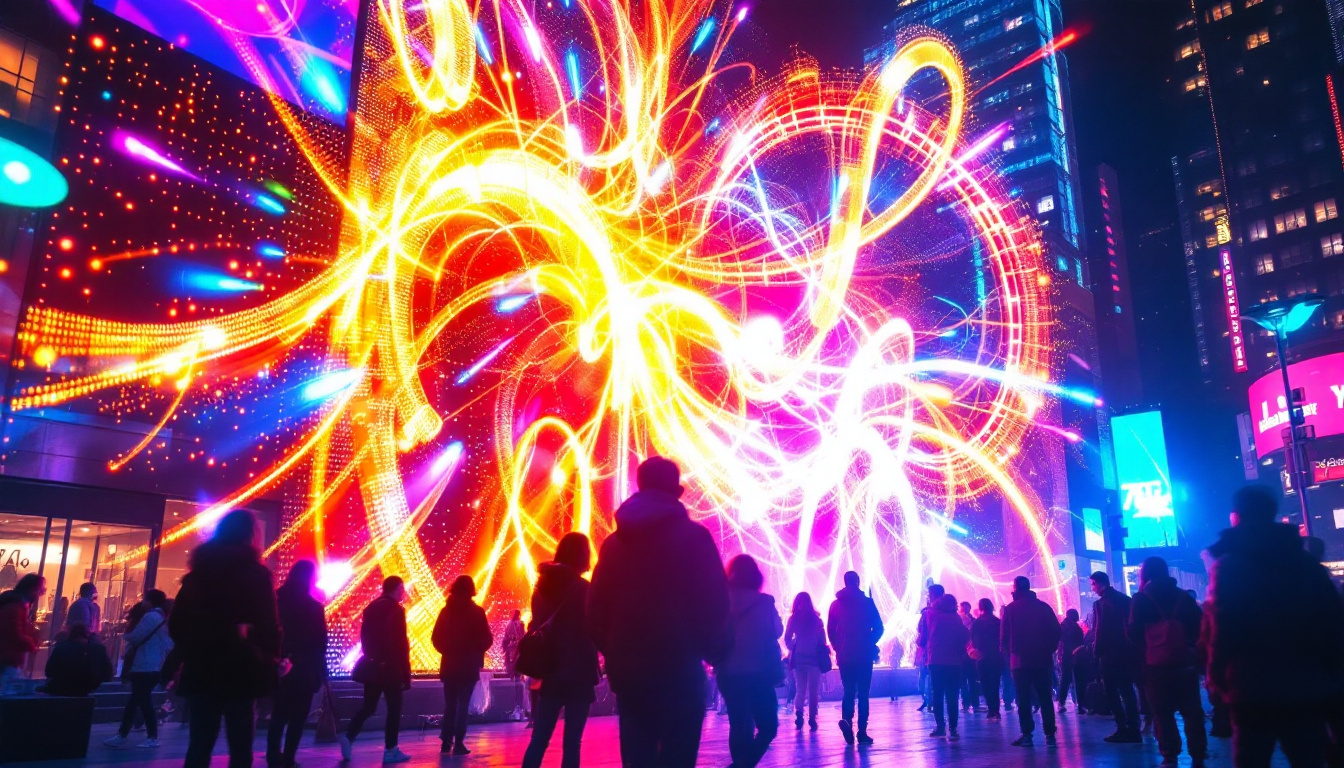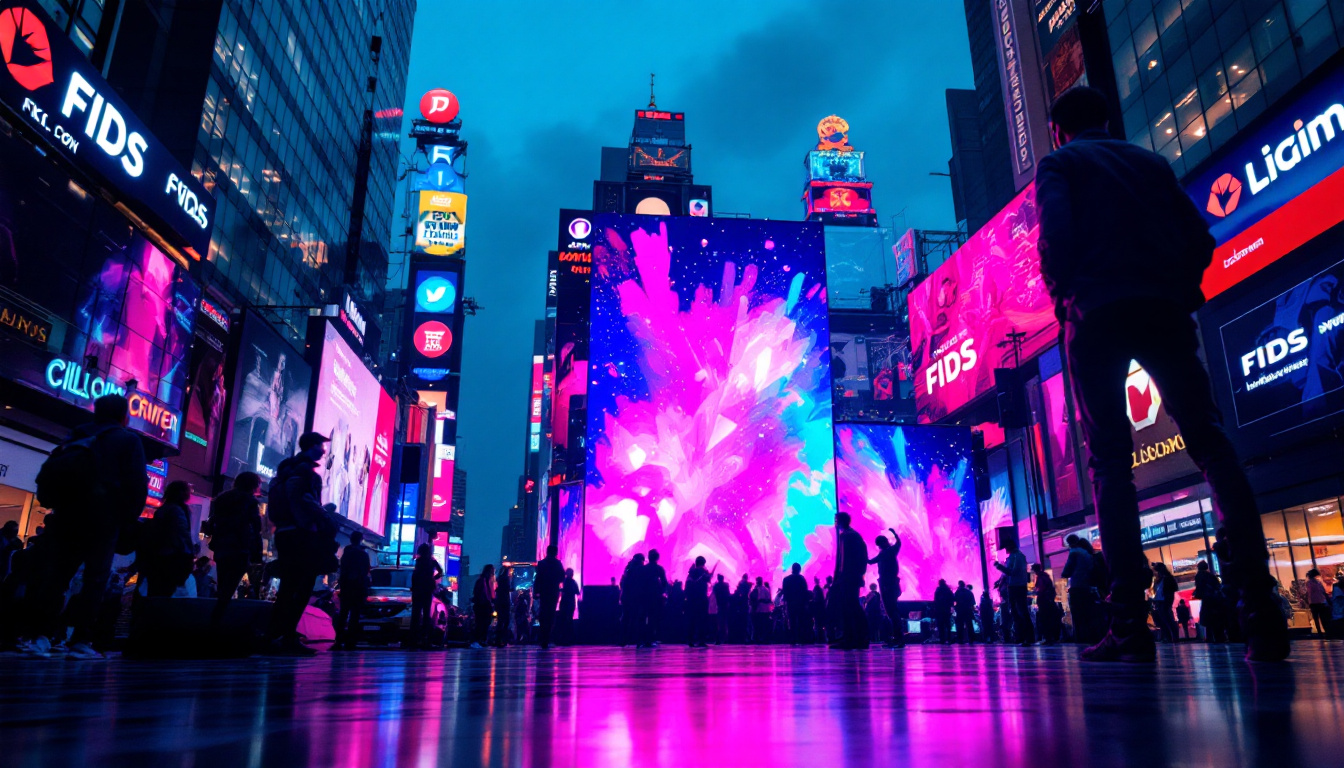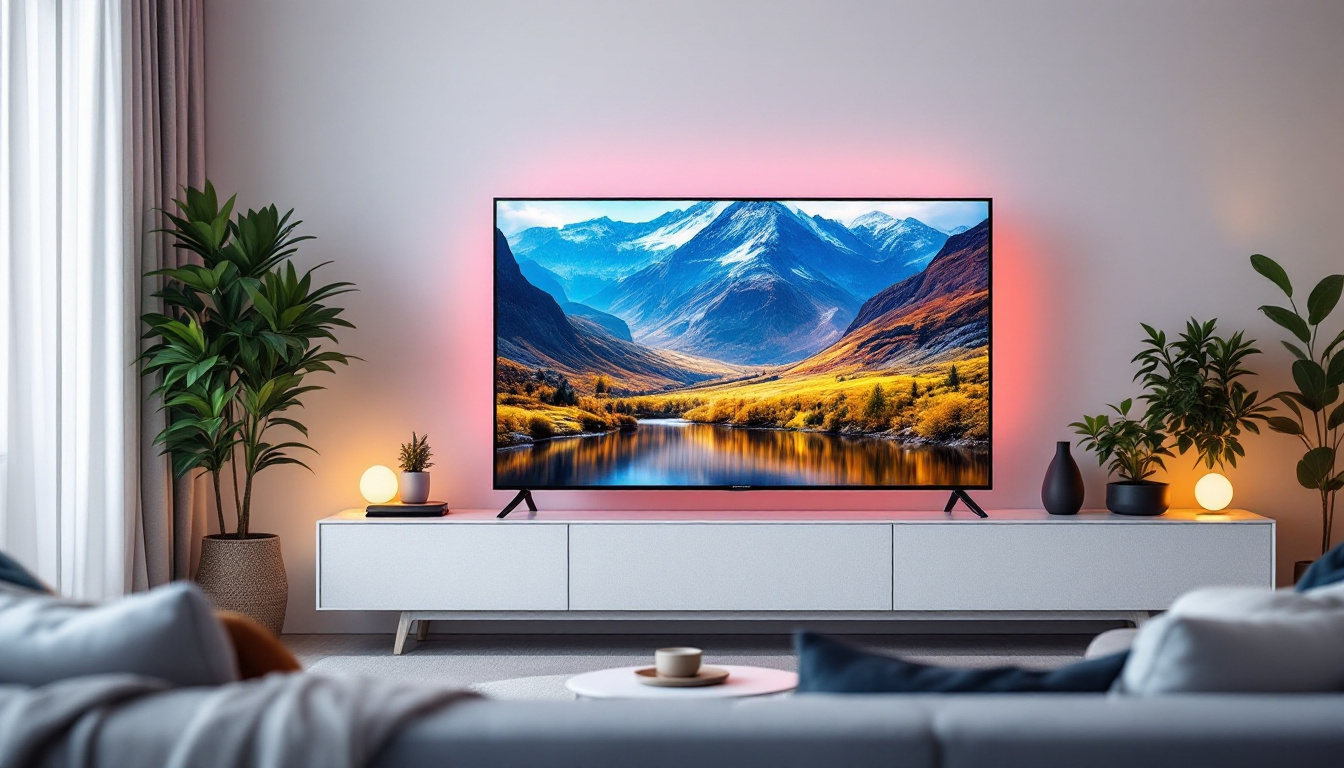In today’s fast-paced digital landscape, the demand for effective visual communication has never been higher. Wall display panels, particularly those utilizing LED technology, have emerged as a leading solution for businesses, events, and public spaces. These displays not only capture attention but also convey information in a dynamic and engaging manner. This article delves into the intricacies of LED wall display panels, exploring their technology, applications, benefits, and future trends.
Understanding LED Technology
LED, or Light Emitting Diode, technology has revolutionized the way visuals are presented. Unlike traditional display methods, LED panels utilize small diodes to emit light, resulting in brighter and more vibrant images. This advancement has not only enhanced the quality of visual displays but has also significantly reduced energy consumption, making LED technology a more sustainable choice for both consumers and businesses alike.
How LED Displays Work
At the core of an LED display is a matrix of tiny light-emitting diodes. These diodes are arranged in pixels, which can be individually controlled to create a wide array of colors and images. When electricity passes through the diodes, they emit light, and by adjusting the intensity and color of each diode, a full-color image can be created. This precise control allows for stunning visual effects, such as smooth gradients and dynamic animations, which are particularly appealing in advertising and entertainment settings.
LED displays can be categorized into two main types: direct view and rear projection. Direct view LED displays are made up of individual LED modules that are mounted directly to a surface, while rear projection displays use LED light sources to project images onto a screen from behind. The versatility of these types allows for various applications, from large-scale outdoor billboards to intimate indoor presentations, catering to a wide range of audience needs.
Types of LED Display Panels
LED display panels come in various forms, each designed for specific applications. Some of the most common types include:
- Indoor LED Displays: These are designed for low-light environments and are often used in retail stores, conference rooms, and theaters. Their ability to produce high-quality images with excellent color accuracy makes them a popular choice for presentations and advertising.
- Outdoor LED Displays: Built to withstand weather conditions, outdoor displays are typically brighter and have a higher pixel pitch for viewing from a distance. These displays are often used in sports arenas, concert venues, and public spaces, where visibility is crucial even in bright sunlight.
- Transparent LED Displays: These innovative displays allow for visibility through the panel, making them ideal for storefronts and creative installations. By blending digital content with the physical environment, transparent LEDs create an engaging experience that captivates passersby.
In addition to these common types, there are also specialized LED displays, such as flexible LED screens that can be curved or shaped to fit unique spaces, and high-definition LED walls that provide an immersive viewing experience. These advancements in LED technology continue to push the boundaries of what is possible in visual communication, enabling artists, advertisers, and businesses to express their messages in increasingly creative and impactful ways.
Applications of LED Wall Display Panels
The versatility of LED wall display panels makes them suitable for a wide range of applications across various industries. From advertising to information dissemination, these displays serve multiple purposes.
Advertising and Marketing
One of the most prominent uses of LED display panels is in advertising. Businesses leverage these vibrant displays to showcase products, promotions, and brand messages. The dynamic nature of LED technology allows for eye-catching animations and videos that can attract and retain customer attention.
Outdoor LED billboards, for instance, can reach a vast audience and are often strategically placed in high-traffic areas. Indoor displays in retail environments can enhance the shopping experience by providing real-time information about sales and promotions.
Public Information and Wayfinding
LED displays are increasingly being used in public spaces to convey important information. Airports, train stations, and bus terminals utilize these panels to provide real-time updates on schedules, delays, and directions. The clarity and brightness of LED displays ensure that information is easily readable, even in challenging lighting conditions.
Additionally, wayfinding systems in large venues such as malls or convention centers often incorporate LED displays to guide visitors effectively. This not only improves the user experience but also enhances operational efficiency.
Entertainment and Events
In the entertainment industry, LED wall display panels have transformed how events are experienced. Concerts, festivals, and sporting events often feature large LED screens that display live feeds, graphics, and advertisements. These displays create an immersive experience for attendees, enhancing the overall atmosphere.
Moreover, LED technology allows for creative stage designs, where screens can be used as dynamic backdrops that change throughout a performance, adding depth and excitement to the visual presentation.
Benefits of LED Display Panels
The adoption of LED display panels comes with numerous advantages that contribute to their growing popularity. Understanding these benefits can help organizations make informed decisions about their visual communication strategies.
Energy Efficiency
One of the standout features of LED technology is its energy efficiency. Compared to traditional display technologies, LED panels consume significantly less power while delivering superior brightness and clarity. This not only reduces operational costs but also minimizes the environmental impact, making LED displays a sustainable choice for businesses.
Longevity and Durability
LED displays are known for their longevity, often lasting up to 100,000 hours with proper maintenance. This durability translates to lower replacement costs and less frequent maintenance, which is particularly beneficial for businesses that rely on continuous operation.
Additionally, many LED panels are designed to withstand harsh environmental conditions, making them suitable for outdoor applications where exposure to weather elements is a concern.
High-Quality Visuals
LED display panels offer exceptional visual quality, with high resolution and vibrant colors that enhance the viewing experience. The ability to display content in various formats, including videos and animations, allows for creative storytelling and engaging presentations.
The high contrast ratios and wide viewing angles of LED displays ensure that content remains visible and impactful from different perspectives, making them ideal for large audiences.
Challenges and Considerations
While LED display panels offer numerous benefits, there are also challenges and considerations that potential users should be aware of. Understanding these factors can help in making informed decisions regarding installation and usage.
Initial Investment Costs
One of the primary challenges associated with LED displays is the initial investment cost. High-quality LED panels can be expensive to purchase and install, which may deter some organizations from making the switch. However, it is essential to consider the long-term savings associated with energy efficiency and durability, which can offset the initial costs over time.
Technical Expertise for Installation and Maintenance
Installing and maintaining LED display panels often requires specialized technical expertise. Organizations may need to hire professionals for installation and regular maintenance, which can add to the overall costs. Ensuring that staff are adequately trained to operate and troubleshoot these systems is also crucial for maximizing their effectiveness.
Content Management
Another consideration is content management. To fully leverage the capabilities of LED displays, organizations need to invest in content creation and management systems. This includes designing engaging visuals and ensuring that content is updated regularly to keep audiences informed and entertained.
Future Trends in LED Display Technology
The LED display industry is continuously evolving, with new technologies and trends emerging that promise to enhance the capabilities of these systems. Staying informed about these developments can help organizations remain competitive in their visual communication efforts.
Advancements in Pixel Technology
As technology advances, the resolution of LED displays continues to improve. Emerging pixel technologies, such as microLED and miniLED, are paving the way for even higher pixel densities and better color accuracy. These advancements will enable the creation of smaller, lighter, and more versatile displays that can be used in a wider range of applications.
Integration with Smart Technology
The integration of LED displays with smart technology is another trend gaining traction. Smart LED displays can connect to the internet, allowing for real-time content updates and remote management. This capability enhances the flexibility and responsiveness of LED displays, making them even more valuable for businesses and organizations.
Increased Focus on Sustainability
As sustainability becomes a priority for many organizations, the LED display industry is also focusing on eco-friendly practices. This includes using recyclable materials in manufacturing and designing displays that consume less energy. The push for sustainability is expected to drive innovation in the industry, leading to more environmentally friendly solutions.
Conclusion
LED wall display panels are more than just a technological advancement; they represent a shift in how information is communicated and experienced. With their vibrant visuals, energy efficiency, and versatility, LED displays have become essential tools for businesses, public spaces, and entertainment venues alike.
As technology continues to evolve, the future of LED displays looks promising, with advancements that will further enhance their capabilities and applications. Organizations that embrace this technology will not only improve their visual communication strategies but also stay ahead in an increasingly competitive landscape.
In conclusion, understanding the intricacies of LED display panels is crucial for leveraging their full potential. By considering their applications, benefits, and future trends, businesses can make informed decisions that will enhance their visual communication efforts and engage their audiences effectively.
Discover LumenMatrix LED Display Solutions
Ready to elevate your visual communication with the latest in LED display technology? Look no further than LumenMatrix, a pioneer in crafting immersive and energy-efficient LED display modules for any application. Whether you need an Indoor LED Wall Display for your corporate events, an Outdoor LED Wall Display for high-impact advertising, or any of our specialized solutions like Vehicle LED Displays, LED Posters, or Custom LED Displays, LumenMatrix has you covered. Embrace the future of digital signage and create unforgettable visual experiences with our LED display solutions. Check out LumenMatrix LED Display Solutions today and see your vision come to life.

